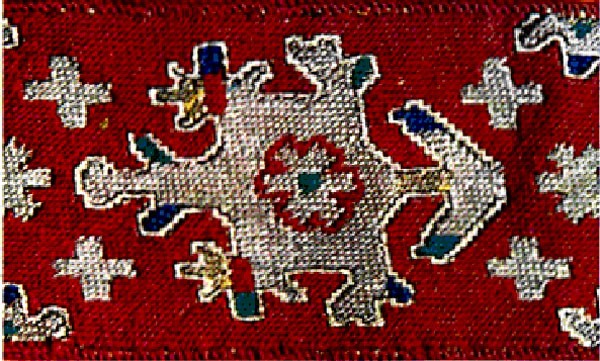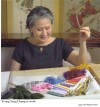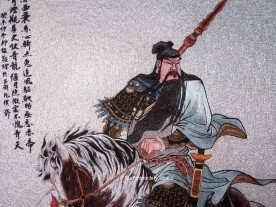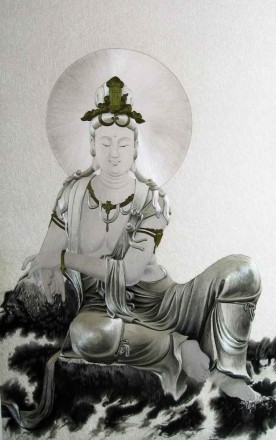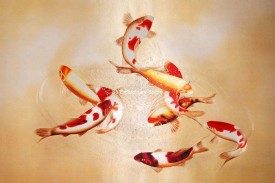Macedonian folk embroidery stands as a treasured cultural heritage, representing a significant national artistic tradition with deep-rooted traditions. At its core, this art form has been carried forward through generations of village women who have preserved the knowledge and experience of their ancestors. This continuity is a hallmark of Macedonian culture, where the passing down of skills and traditions has been a time-honored practice.
For many years, Macedonian folk embroidery predominantly adorned village costumes, serving as a profound means of artistic and aesthetic expression. Through intricate patterns, techniques, and a rich palette of colors, artists conveyed their creativity and cultural identity. It was not merely an embellishment but also a unique marker of their national culture, echoing ancient traditions.
The art of embroidery in Macedonia has developed within the collective aesthetic and psychological framework of a specific community. It evolved over centuries, adapting to changing socio-economic conditions and undergoing various cultural influences. However, despite these influences, Macedonian national embroidery maintained its distinct and ethnically divergent character.
Custom Portrait Embroidery from Photo
Traditionally, Macedonian national embroidery thrived within the context of rural life, where women played a central role in textile production. Their dedication to their craft was integral to the cultural fabric of their communities. Yet, as the early 20th century ushered in political and socio-economic transformations, changes in Macedonian costumes began to emerge. The elaborate ornamentation that once graced these garments gradually faded as Macedonian communities, especially those abroad, adopted more contemporary and convenient clothing solutions.
One contributing factor to this transformation was the influence of the "komiti" actions leading up to the Ilinden Rising, which enforced restrictions on the use of expensive costume components, penalizing those who did not comply. These komiti organizations, working within villages, aimed to rationalize expenses for the Macedonian population, leading to reductions in embroidered decorations. Some villages even developed a distinct embroidery style known as "komitskoto" under this influence.
In the modernization of Macedonian villages today, many of the old embroidery traditions are being left behind. However, the preserved examples of Macedonian folk embroidery stand as a testament to an ancient artistic tradition. This rich cultural heritage encapsulates the wisdom of generations and offers boundless inspiration for contemporary art. It serves as a reminder of the artistic legacy that has been passed down through the ages, embodying the soul of Macedonian culture and its enduring artistic spirit.
by Su Embroidery Studio (SES), Suzhou China
SES is dedicated to Chinese Silk Embroidery Art and High-End Custom Embroidery
Find SES's embroidery work at Chinese Silk Embroidery for Sale.


